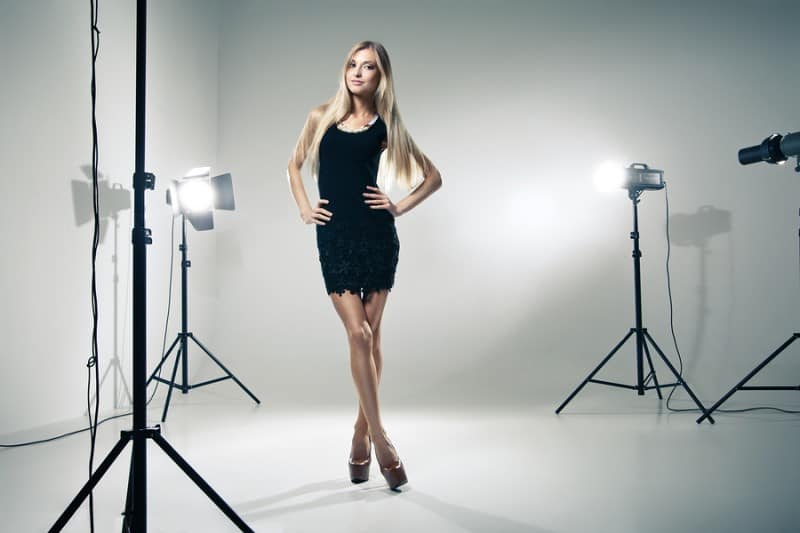
How do you make a photograph that reveals more than is there? How do you capture what style means? How about an elegant home photographed without the family in it? Just you and your camera. Your camera is your tool, and the clues are all around you. You have to pay attention to what’s there and then find a way to make it work for you. Photographers like Bruce Weber know how to see these things and capture them forever.
Never underestimate the power of light. It’s often said that photography is 50% lighting and 50% composition. If it’s true, then this is where you make your picture – in the moment of natural or man-made illumination. So whether it’s a sofa lit by afternoon sun streaming through a window or bold halogen spots highlighting an exotic sculpture, if you can see it – you can photograph it.
It’s a matter of feeling your way into a space by watching how light acts in that space and then responding to the way the light ‘feels.’ It helps to have an understanding of what makes a room work as well as an appreciation for scale and proportion. Think of it this way: if there is a place you would like to be, then that must mean that someone or something designed it with enough care and attention to detail so that you want to go there. Whatever the room, wherever the house – in one way or another, somebody was inspired by their surroundings and made an effective design choice. Work from there.
Most rooms are opportunities to take photos with impact. A room is a space you can enter, but only your eye can truly take it in. Therefore, the camera must be utilized to draw attention to what’s there or respectfully complement what’s meant to remain unseen. And if the contents of a room are inconsequential – perhaps there is a stunning view outside that you can use as a backdrop for your decor. In any case, shoot from the closest possible distance and avoid wide angles, they distort perspective. Instead, use the strength of your lens to capture both intimacy and scale.
If you happen to be photographing a room that is elegant in design but without inhabitants – then you might consider adding an object that alludes to what takes place within this space. Even if it’s only a vase of flowers or something as simple as placing a pair of glasses on a table. It’s important to remember that the objects within a room are not what make the space functional – they are only there to give it life. And for this reason, you should always remember to leave something behind. It’s what tells viewers that the inhabitants are coming back.
The camera is an impersonal tool, don’t let it make decisions for you. Your eye must always be the judge of what you’re photographing. The camera only records what it sees, but your eye should interpret everything before you and then compose a photo that does it justice. This often means spending some time trying to understand what it is you’re photographing, perhaps even researching its background or history.
Leave a Reply